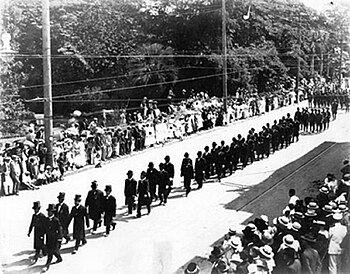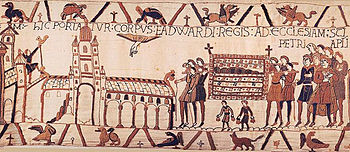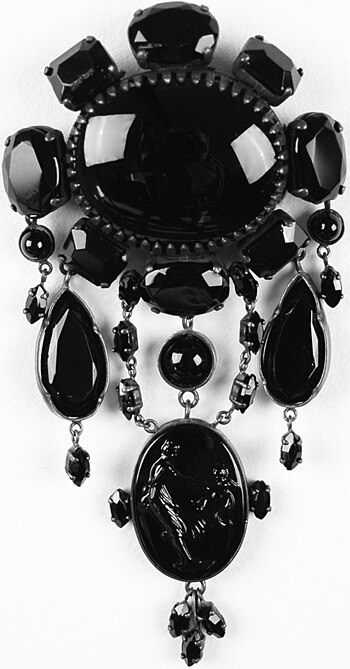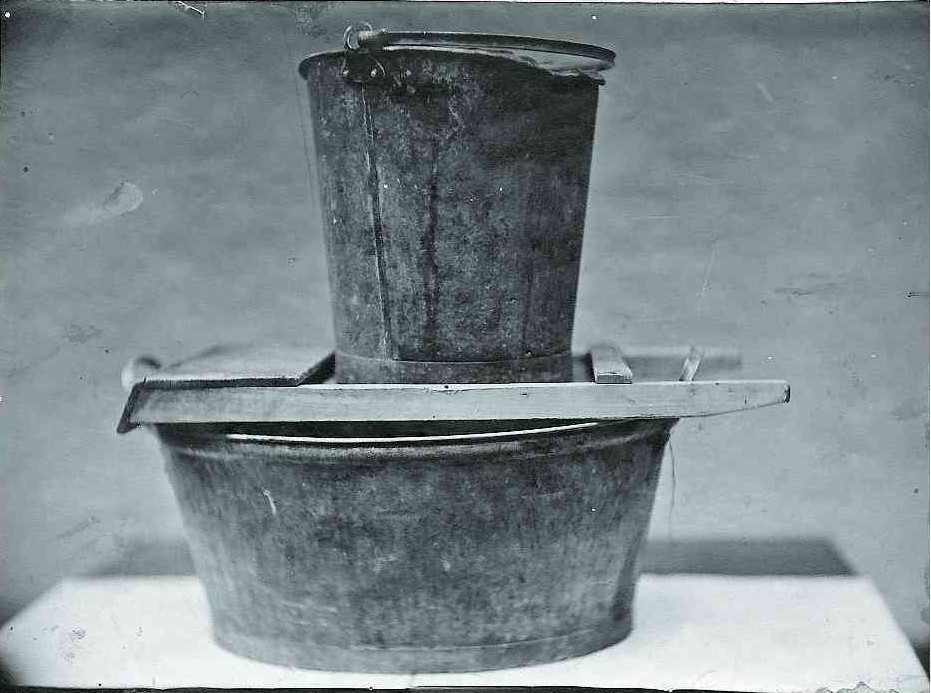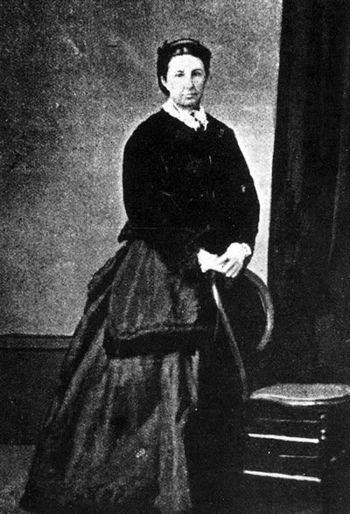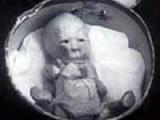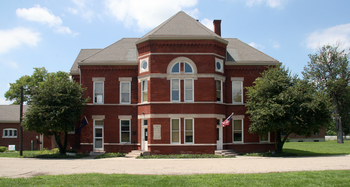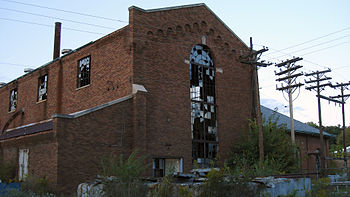| English: Funeral procession |
| The funeral cortege of Edward the Confessor, from the Bayeux Tapestry (Photo credit: Wikipedia) The funeral procession has been around for centuries in Westren Culture |
| Trauerschmuck, Brosche, Glas, 19. Jahrh. (Photo credit: Wikipedia)Example of Victorian Mourning Jewelry |
| English: Advertisement for Victorian mourning garb. (Photo credit: Wikipedia) |
Victorian Funerals
Victorians were fond of
the gothic and melodramatic .Death was common place and unlike most weddings of
the time, they were conducted with great pomp and circumstance. If a man was
wretchedly poor in life his grandest moment of social participation may have
been so in death.
It was common for many lower class families to have put
aside funds and for the burial of their offspring as childhood mortality was
high during the Victorian era (1837-1901). The quality of life for living
children suffered so that a fine funeral could be provided the dead.
The mark of any proper Victorian funeral was the funeral
procession. In England the
processions were much more of a spectacle than they were in the United States
The first vehicle in the funeral procession was the hearse
drawn by six black horses. In the United Kingdom
The other carriages the followed contained the mourners
and celery in order of their relation to the deceased. Men wore dark suits and
women wore black gowns made of black crape and full black veils. Fashion
dictated female family members of the departed use black gloves and black fans.
Only mourners outside of the family wore fine black silk as less ostentatious
black dress was expected of family members.
Only black jet jewelry was worn by mourners and by female family members for up to two years while the family was officially in the state of mourning. Society dictated that Victorian widow wear full and deep veils for up to two years and only black kid gloves for up to six months. All black dress was worn by the relations of the deceased for at least three months. Crepe was the fabric of choice for most women in morning. Younger women could get away with wearing half morning clothes of purple after a few months as long as they were not a widow.
Most widows avoided social events for 18 months after the death of their husband. Children generally were in muted colors, but not full morning garb three to six months after the death of a sibling or parent. Widowers only avoided polite society for a year after the death of their wife. It is unlikely rural farm families had the time or money to follow these strict Victorian customs too closely.
Victorian wakes were held at the home of the debased and
might include friends and family not present at the funeral. Invitations might
invite visitors to view the corpse with the family sitting in mourning in the
next room. Notes of condolence were sent to the family within ten days after
the funeral. Calling cards of a common social nature were left but not expected
to be acknowledged by the grieving family for at least three months.
The wake tended to be a large meal provided by the relatives but not the immediate family of the departed. In poor homes food would be brought in by relatives and neighbors to spare the mourning family the chore of preparing food for the wake. In wealthier homes footman and servants were expected to wear simple mourning garb until their master's family stopped official deep mourning. Those who attended the wake may have been given elaborate cards commemorating the death.
Those invited specifically to a 'private "funeral
were given even more elaborate cards they would keep in books or in special
holders in their pillars. Death announcements on printed cards of black edged
paper were sent to distant friends and relatives or out to the community in
general if their paper did not print death notices.
Many times Victorian women made wreaths of the hair of the
departed that might be displayed at the wake or funeral. Some were wreaths that
were keep as funeral mementos and had the braided hair of several family
members that passed. Some locks were worn as a sort of morning jewelry in the
form of woven chokers or bracelets.
When photography became less expensive, many times photos were taken of the deceased in the casket or posed as if they were sleeping. Pictures of children and infants were especially cherished and might be even printed on funeral cards if the the family could bear the expense. Poetic verse and scripture appeared with at least drawings of angels and other religious symbols on most furneral cards.
When the casket was laid to rest in the cemetery it was
thought to be too of a traumatic event to be witnessed by the if witnessed by
the female members of the family or children of the newly departed. Only older male members
of the family stayed to watch the casket are laid to rest in the ground.
